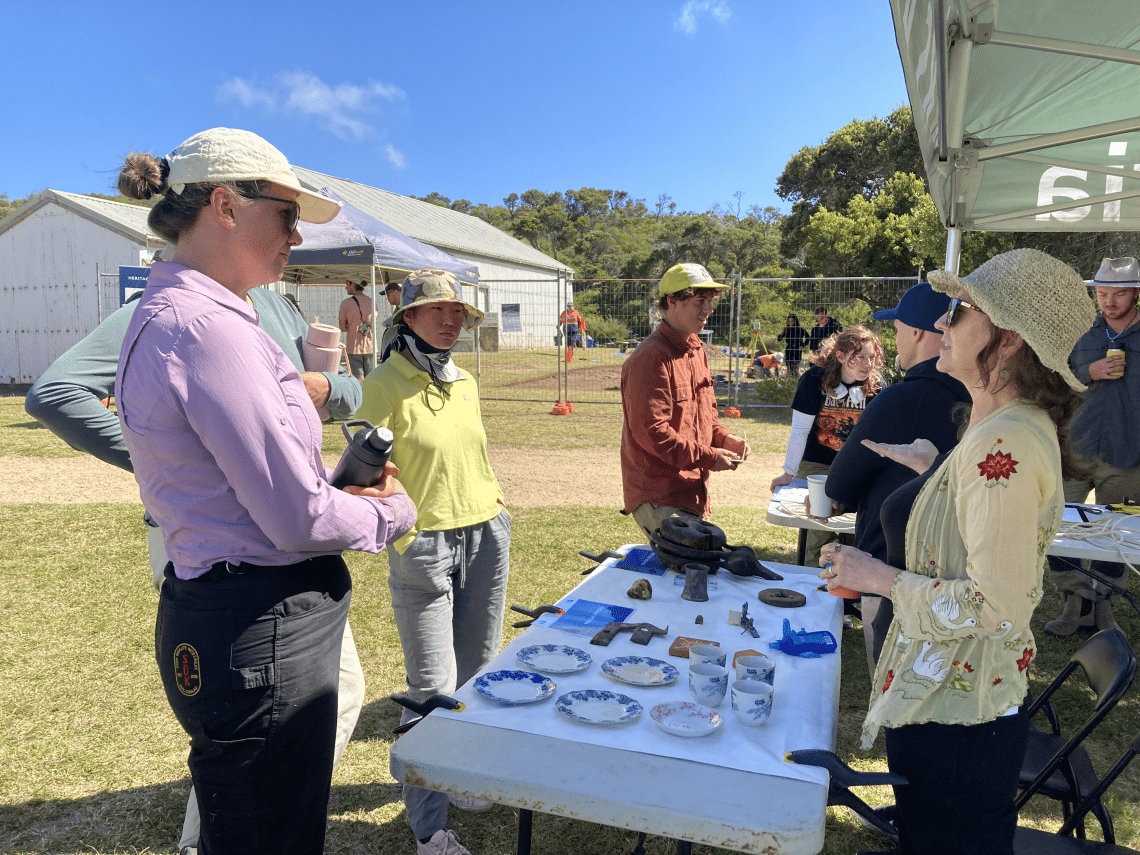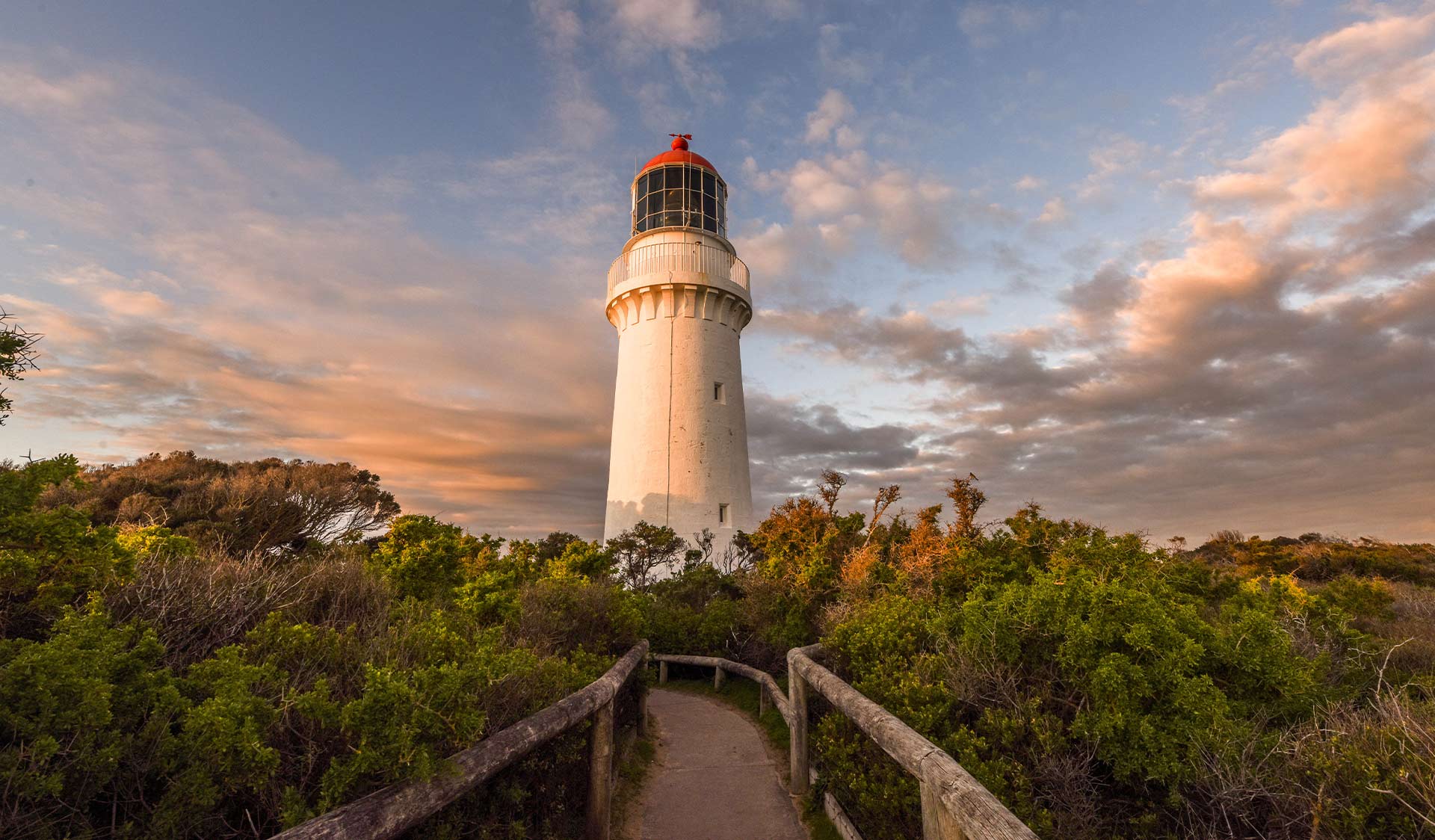Over the past three summers, Cape Schanck Lightstation has been a classroom for budding archaeologists.
Overseen by tutors and experts in the field, teams of archaeology students have unearthed hundreds of artefacts that paint a picture of life at the remote site over the years.
The Cape Schanck Archaeological Field School is a partnership between Parks Victoria, the Bunurong Land Council Aboriginal Corporation, Heritage Victoria, Heritage Insight and the Australian ³Ô¹ÏÍøÕ¾ University.
Three years of dedicated work have brought to light the remnants of buildings that once played a vibrant role in the area’s early history.
Among the discoveries are a cobbled pavement and wall footings believed to be part of the original storeroom or stable and a collection of 11,877 fragments from an estimated 1800 objects.
An Open Day on 10 February gave visitors the chance to talk to the archaeologists and see the excavation and artefacts first-hand, including items recovered from shipwrecks along the Mornington Peninsula.
“As custodians we have a responsibility to care for our heritage places for the benefit of current and future generations,” Parks Victoria’s Statewide Heritage Advisor Dr Janine Major says.
“The Field School at Cape Schanck enables this understanding while at the same time providing a practical learning opportunity for the next generation of archaeologists,”
“We were really pleased to see so much interest in the archaeology and visitors asked some great questions of the team.”

Talking with visitors at the Cape Schanck Archaeology Open Day. Credit: Parks Victoria

The Cape Schanck Lightstation is a popular destination in Mornington Peninsula ³Ô¹ÏÍøÕ¾ Park. Credit: Parks Victoria
Cape Schanck is the perfect place for students to develop their skills, offering a landscape steeped in Aboriginal and non-Aboriginal cultural heritage.
For thousands of years Aboriginal people came to the area, drawn by plentiful marine life and food sources. The dunes around the lightstation contain many significant cultural heritage sites, shell middens and quarries. The field school has an Aboriginal cultural heritage-focused excavation nearby and representatives from Bunurong Land Council Aboriginal Corporation are involved at both sites.
“It has been a profound learning experience working with Bunurong peoples to document the past and understand its relevance for the future,” says ANU senior lecturer Dr Ben Shaw.
“Seeing the students graduate and take what they have learnt with them into the next stage of their careers is one the best parts of my job.”
The lightstation was built in 1857 following a series of shipwrecks on the Bass Strait coast and has been operating ever since. The tower’s original glass lens is one of very few in Australia that remains intact and in use today.
As well as the lighthouse tower, the station had cottages for the lightkeepers and their families, stables and a signal station.
Families at Cape Schanck weren’t as isolated as some lightkeepers in other parts of Australia, but provisions were still only delivered to the Dromana pier twice a year until the late 1930s.
These days, you can tour the lighthouse with a local operator and take in spectacular views over the Southern Peninsula and Bass Strait.
The Lightstation will receive conservation works over the coming 12 months, thanks to an overall $16.5 million investment in some of Parks Victoria’s most iconic heritage sites.






